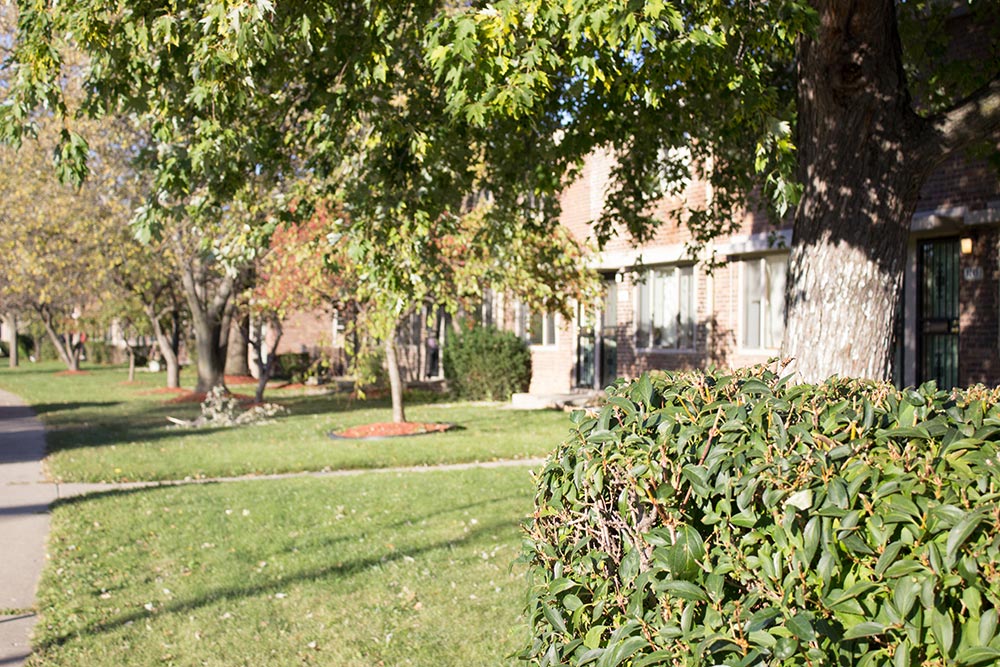Welcome to Princeton Park
Flower gardens, open green lots and a mixture of homes dot the residential streets of the tiny Princeton Park neighborhood. The community is set in a nook created by the vital transportation arteries on Chicago's south side, which means Princeton Park residents have optimal commuting advantages into downtown and to other parts of the city. The neighborhood blocks are occupied with single-family houses and multi-unit residences that supply Chicagoans with a diverse set of real estate options. Most properties are older bungalows and ranches, however, there are refurbished flats and condos offering modern amenities and finishes.
-
Looking to Buy? Search Princeton Park listings
-
Interested in Selling? Request a Listing Presentation
-
Want More Information? Sign up for our Trends Report
For Sale in Princeton Park
-

9202 S Lafayette Avenue
$249,000
- 3 beds
- 2 baths
- Princeton Park
- Detached Single
-

9329 S Wentworth Avenue
$57,000
- 5 beds
- 2 baths
- Princeton Park
- Detached Single
-

9151 S Perry Avenue
$60,000
- 3 beds
- 2 baths
- Princeton Park
- Detached Single
-

9246 S Perry Avenue
$200,000
- 3 beds
- 2 baths
- Princeton Park
- Detached Single

Want more detailed information on Princeton Park?
Get a Trends Report delivered to your inbox monthly
Send Me Princeton Park Trends










